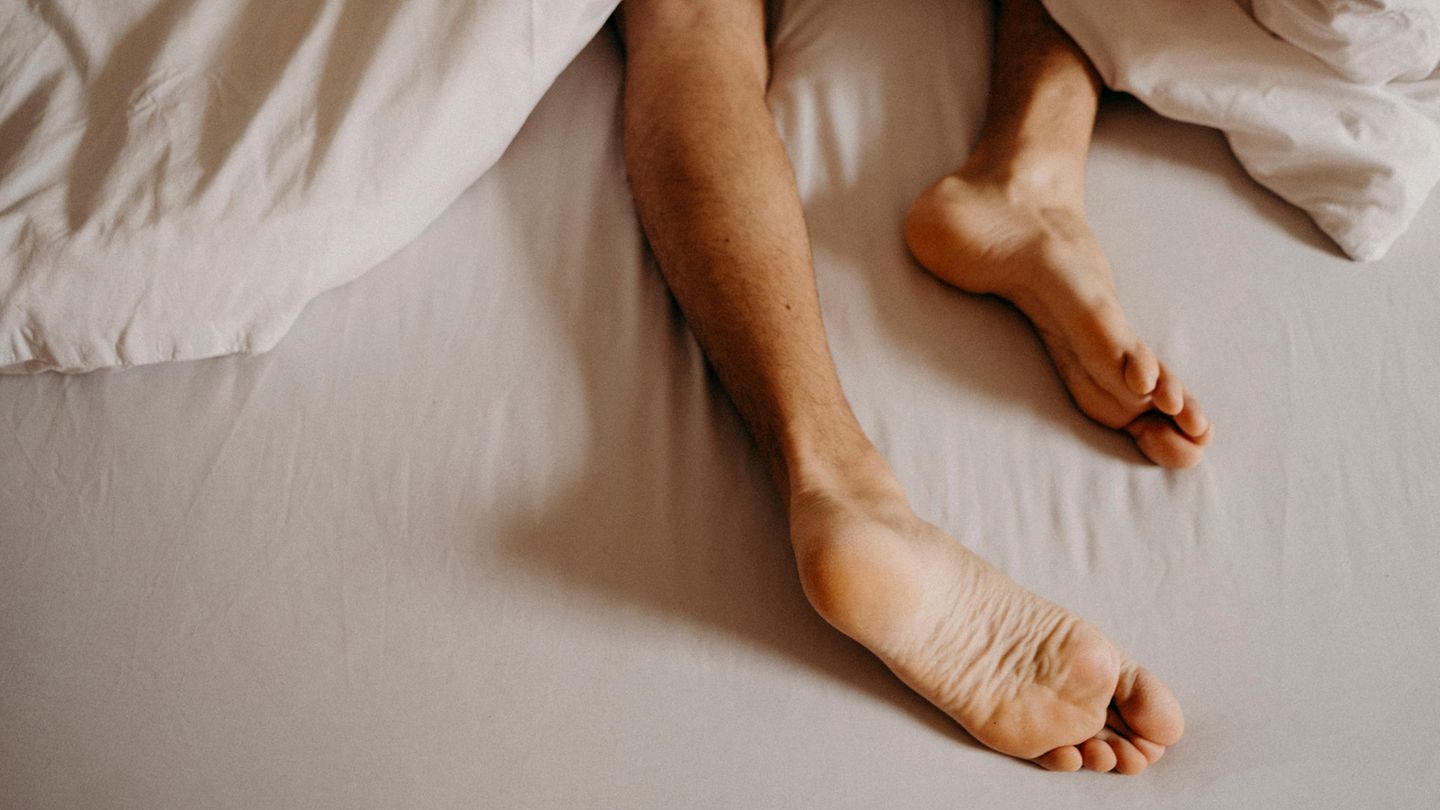Good to know
Insurance wins! Why it’s not a good idea to make the bed
Copy the current link
Add to the memorial list
A made bed is part of a good apartment for many. The daily blanket is often standard. A stupid idea. This is a disaster hygienic.
Make a bed or let? What belongs to the morning routine for some, you want to have it neatly at home, is one thing for others-unnecessary. Finally, sheets and the like are ransacked a few hours later. And so the mother argues with the teenage child and the bachelor with the raging dog about which bed state is now socially acceptable. In such discussions, however, an argument is neglected in such discussions: the fact is, a fuel bed is more hygienic. Don’t you think? But is like that!
Saliva, tear flow, sweating, wetting, nosebleeds – humans are continuously leaving liquid, even at night. About one liter ends up in bed per person and night. Coupled with darkness and the heat that exists under the ceiling, a wetland is created that is optimal breeding ground for bacteria, fungi and vermin.
Researchers from the University of Manchester demonstrated how unsanitary bedding can be. They examined synthetic and spring pillows that were used between one and a half and a half and a half years for any mushroom contamination. It showed that pillows are a real land of milk and honey for mushrooms. Between 4 and 16 different types of mushrooms were discovered on each pillow.
Mites love the wet warmth in beds
Unlocked ceilings also serve as a popular breeding ground of blood -sucking parasites. Mites are less than a millimeter in size and are not recognizable with the naked eye. They feed on human skin scales and hair.
British researchers from the Winston University in London have found that there are around 1.5 million such arachnids in a bed. In a very humorous article on this topic that the Canadian doctors Robert Patterson and Christopher Steward-Patterson have published in the specialist magazine “Canadian Medical Association Journal” (CMAJ), it is presented a little more clearly: “In fact, half of the weight of a dust mite filled with dead can be filled with dead.”
The small animal zoo in bed is not only unsanitary, it can also cause diseases such as house dust allergy and asthma, since we breathe in the allergens produced by mites, among other things in sleep. The so -called bedmaker lunge is particularly common among maids. An illness that is caused by repeated contact with house dust mite droppings. You could also say: make regular beds. It is a form of allergic alveolitis, inflammation in and the tiny lung bubbles and the smallest respiratory tract of the lungs.
A hygienic bed needs a lot of fresh air
In their article, Robert Patterson and Christopher Steward-Patterson recommend saving work and raving the bed. And with a wink: “To save time: 5 minutes for the task that is a 10 -minute argument about who is to make the bed. This multiplied by 365 days a year with an average life expectancy of 78 years, results in a total of more than 9 months or almost 1 percent of our lifetime.”
If you make your bed neatly right after getting up and worst drape a daily blanket over it, ensure that the bedding is not given the opportunity to check properly. Moisture and warmth are also retained longer for the please of mites and the like. It is also poison for good air circulation if the area is fully under the bed, for example in the form of a bed box. How can you miss all of this? The best remedy for mites is fresh air. The less moisture, the more inhospitable it becomes mites.
It is recommended to go back the duvet far back in the morning. It is even better if you let the bedding out in the fresh air. The out-of-window hanging method only knows many from old folkloric home films, but is considered particularly effective. But even a little can be aligned if the bedding is not washed regularly. The rule of thumb is: change once a week and wash the bedding at least 60 degrees. It is best to let the mattress take a few hours before the new cover.
More texts from the series “Good to know”
Source: Stern
I’m Caroline, a journalist and author for 24 Hours Worlds. I specialize in health-related news and stories, bringing real-world impact to readers across the globe. With my experience in journalism and writing in both print and online formats, I strive to provide reliable information that resonates with audiences from all walks of life.





